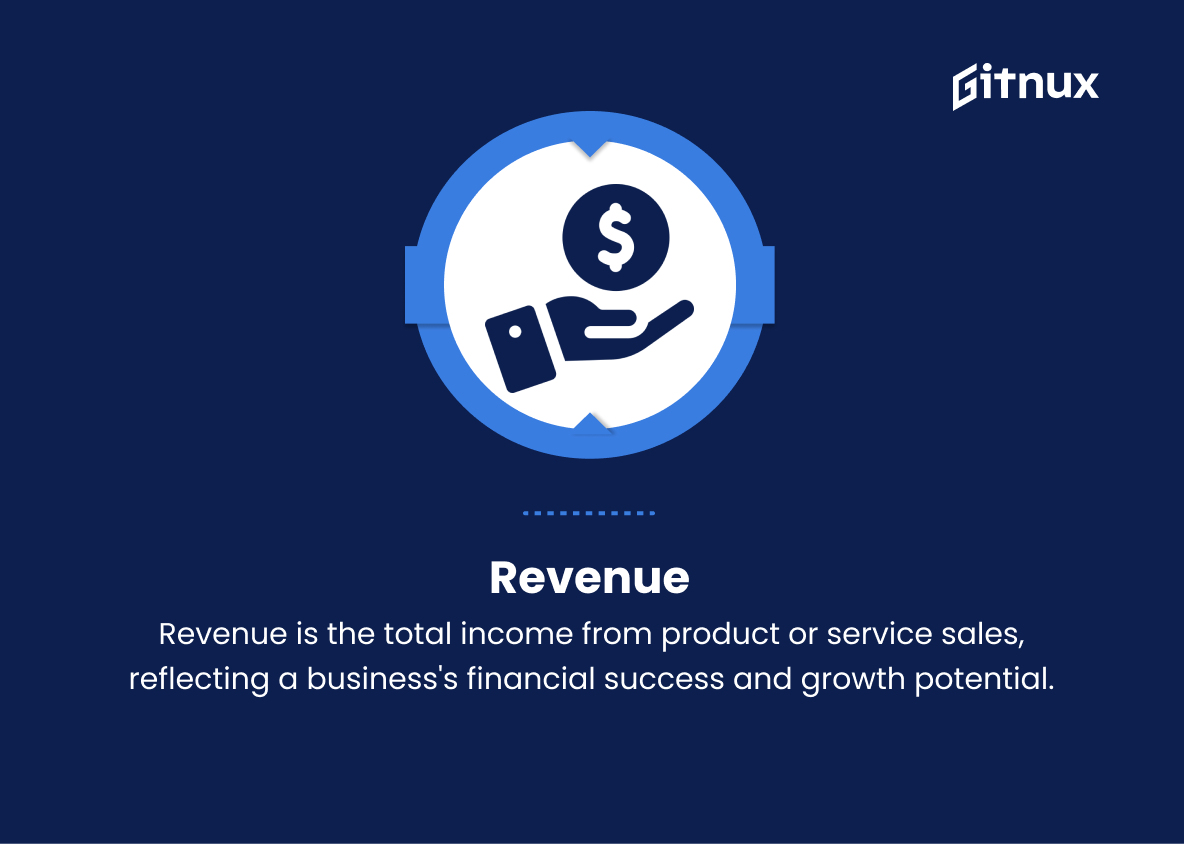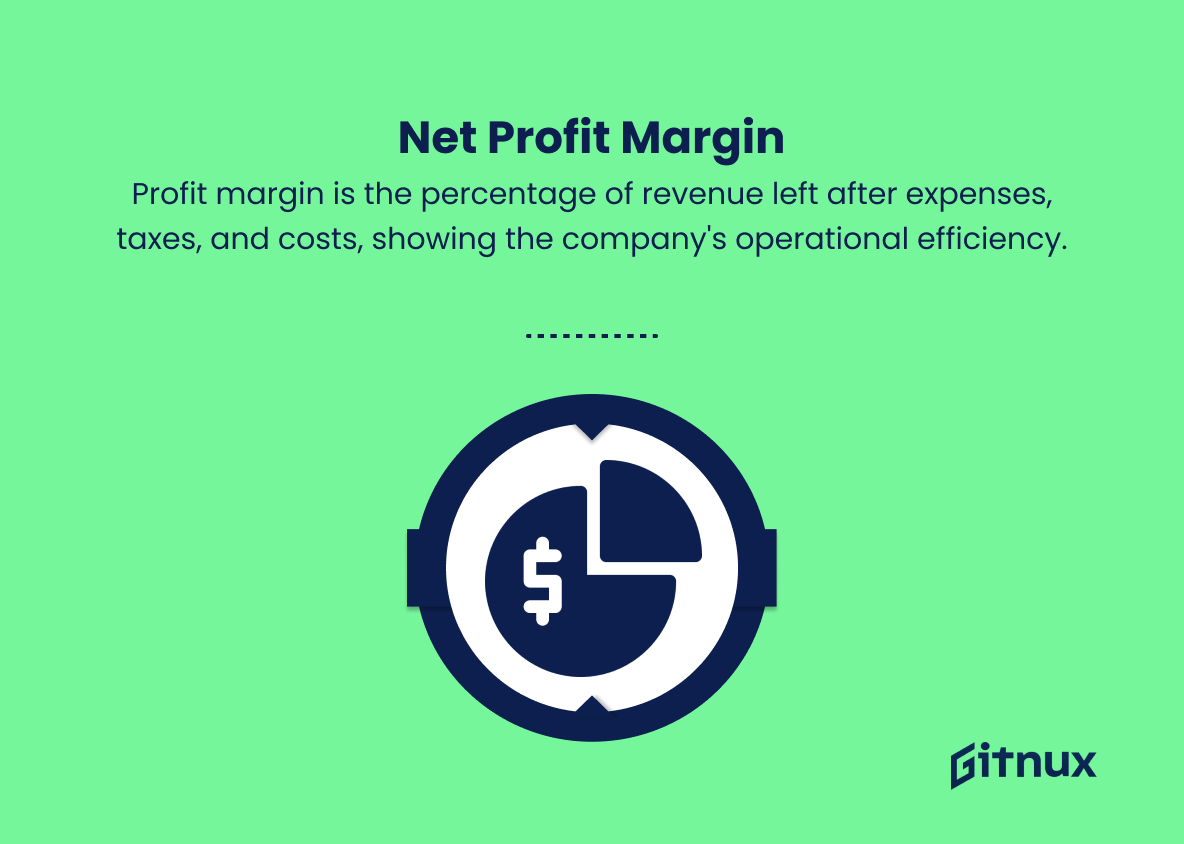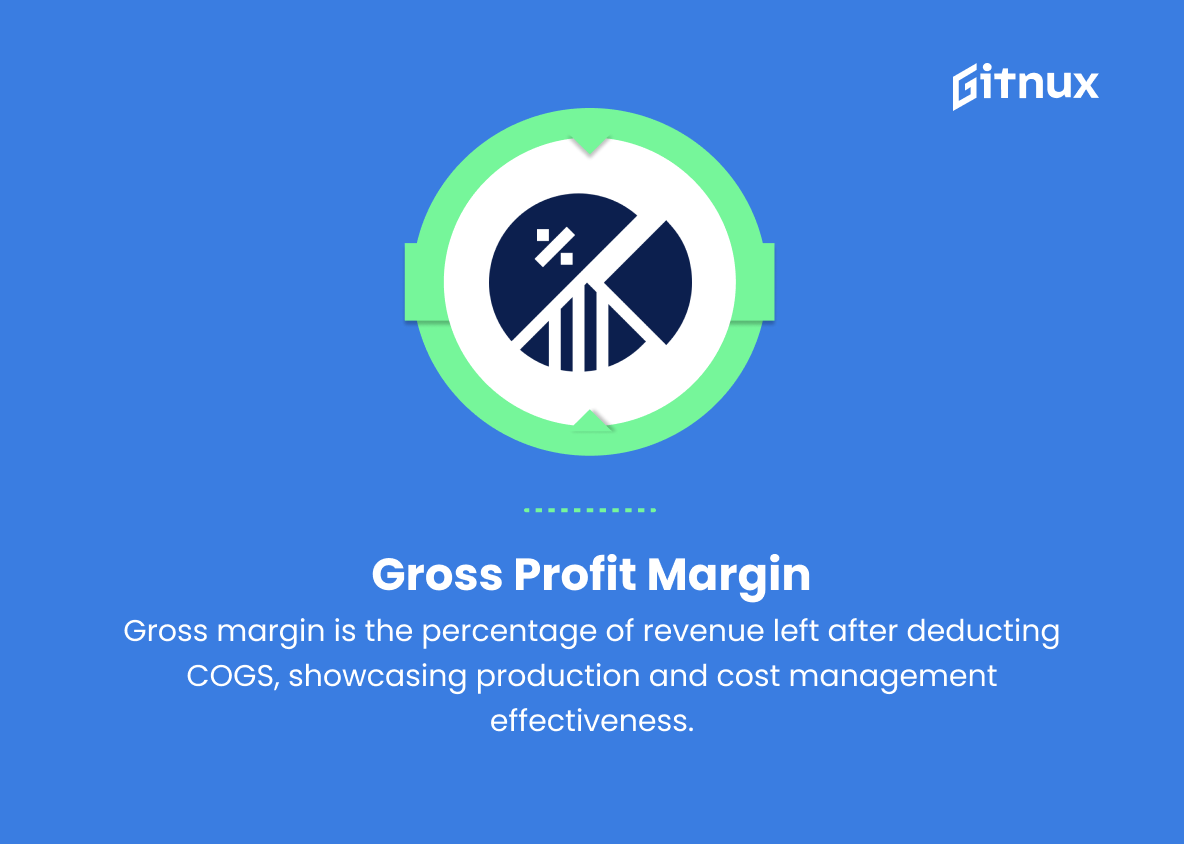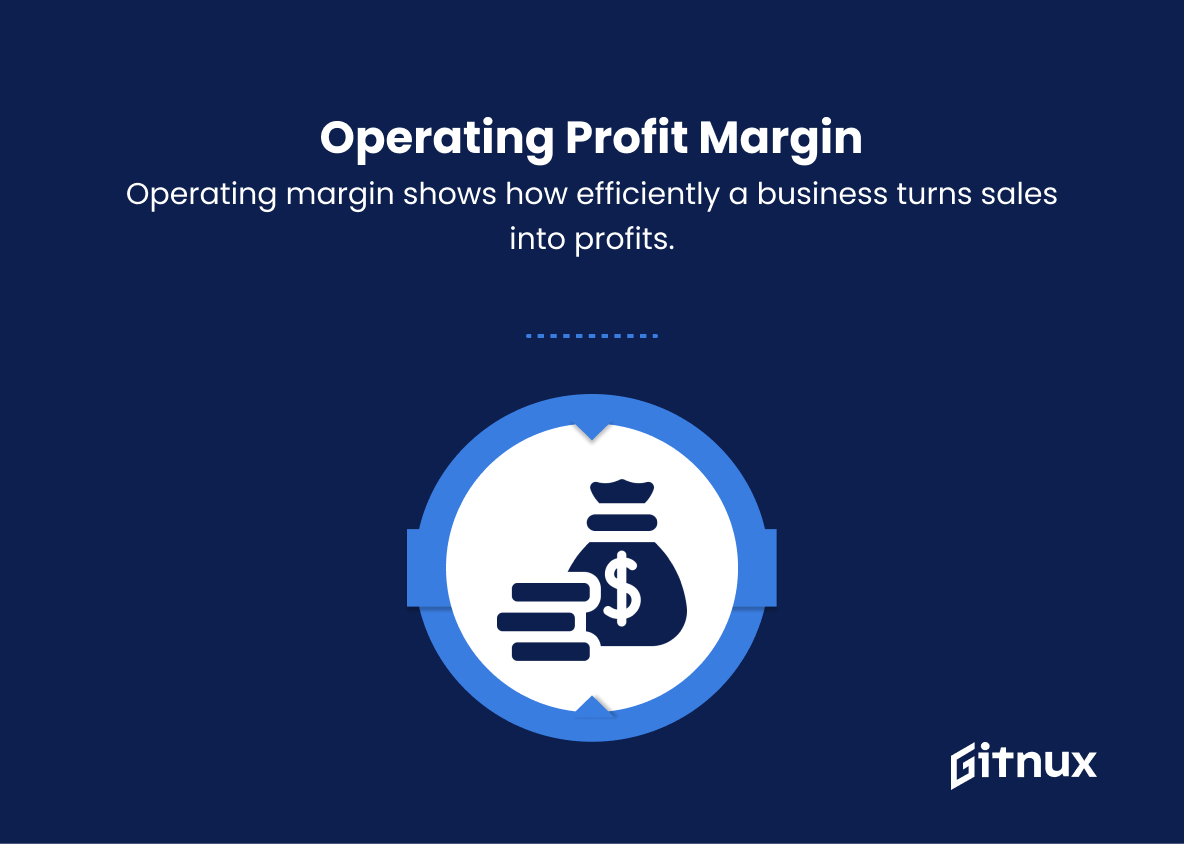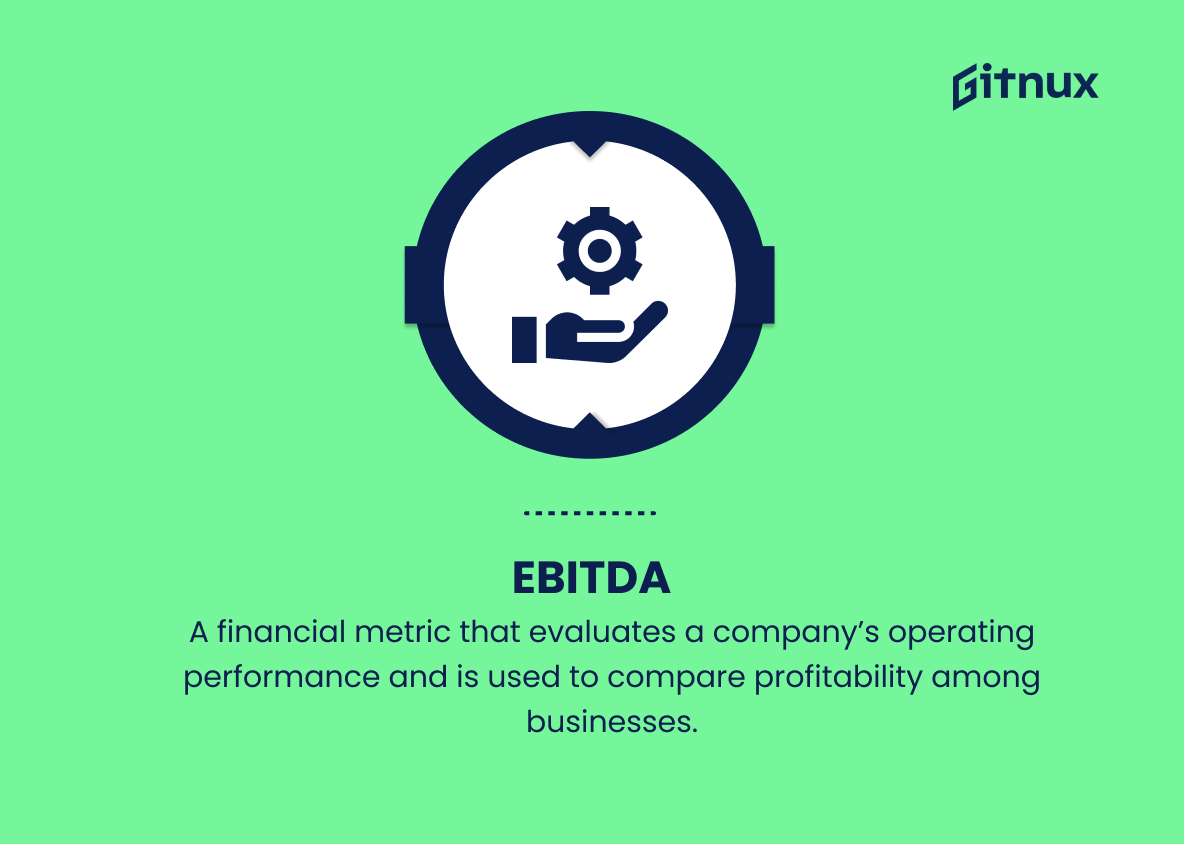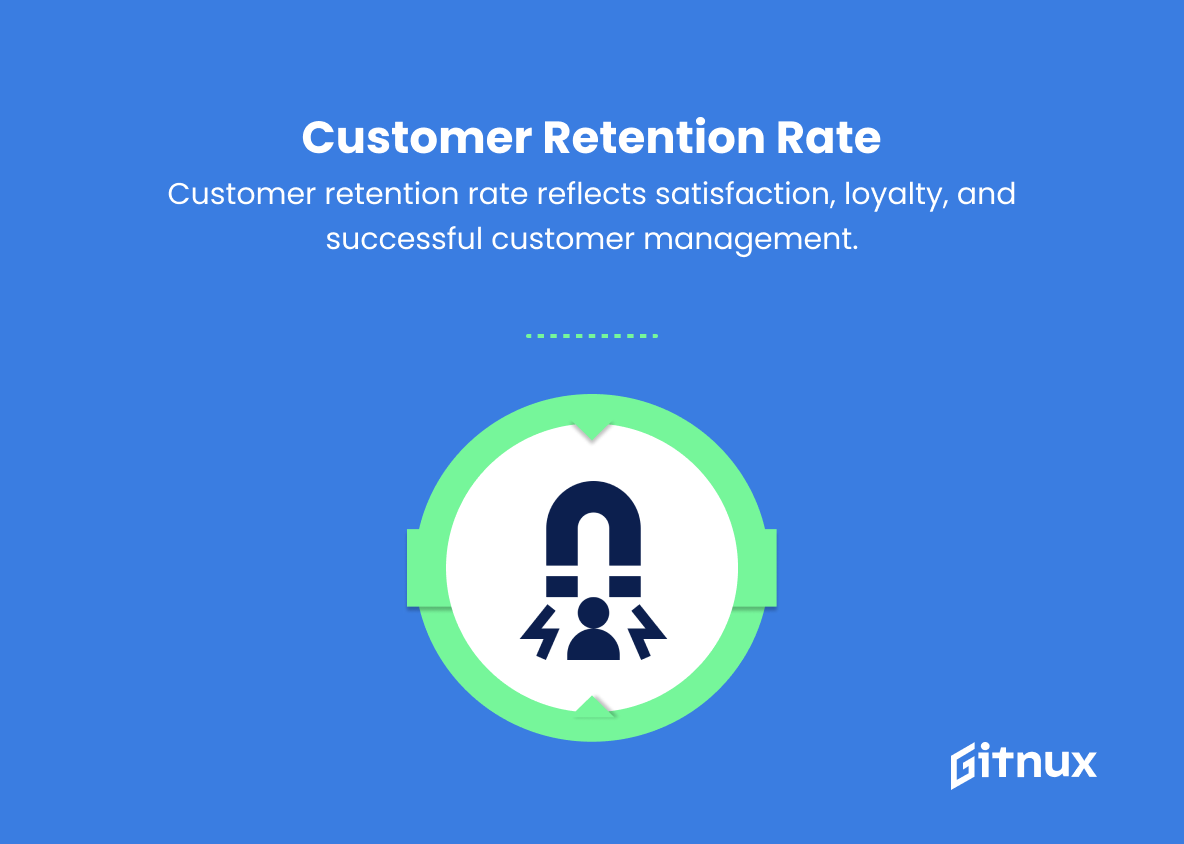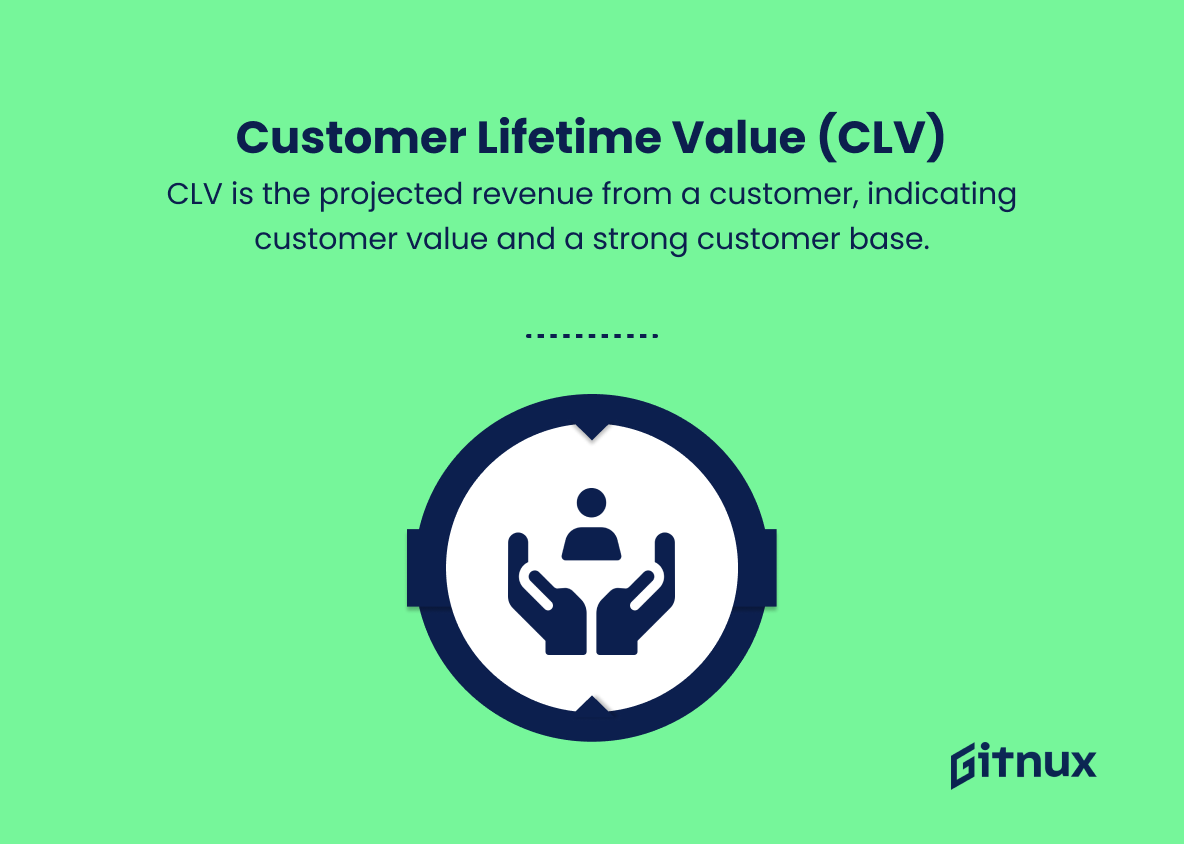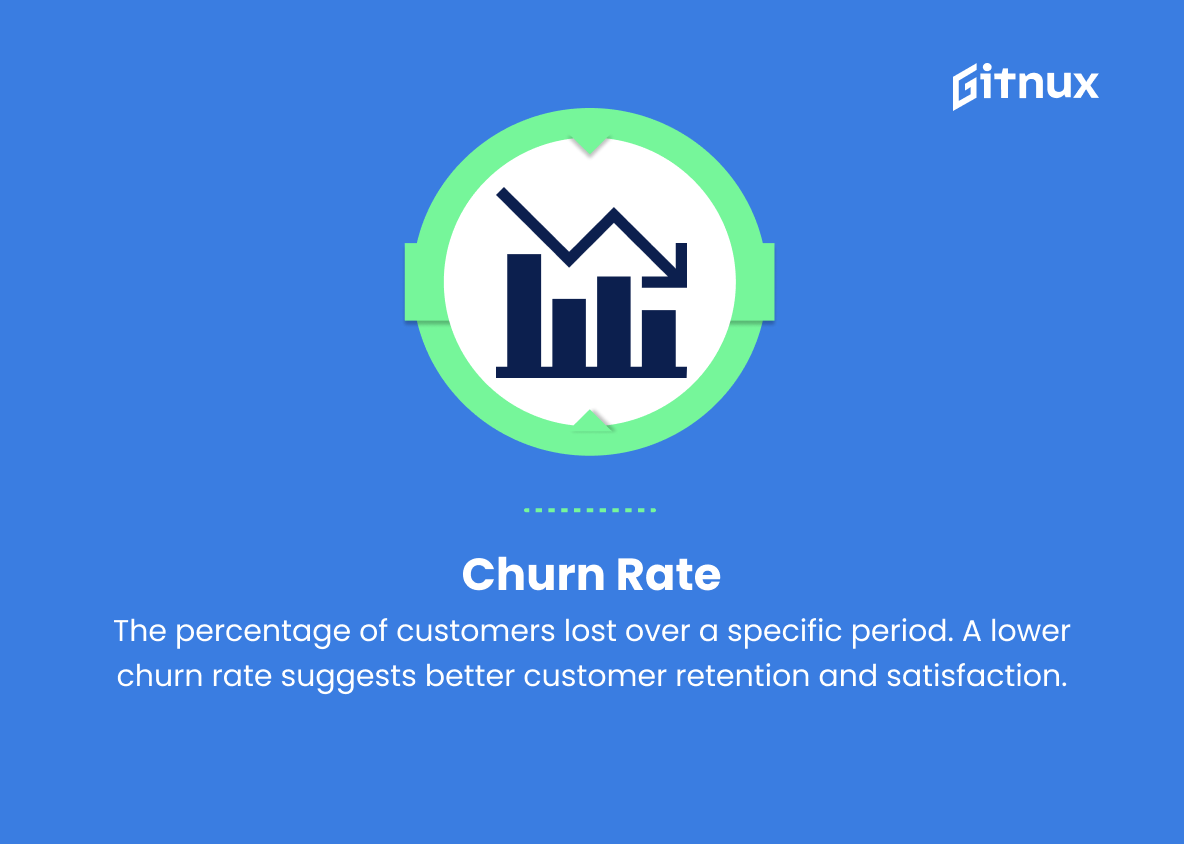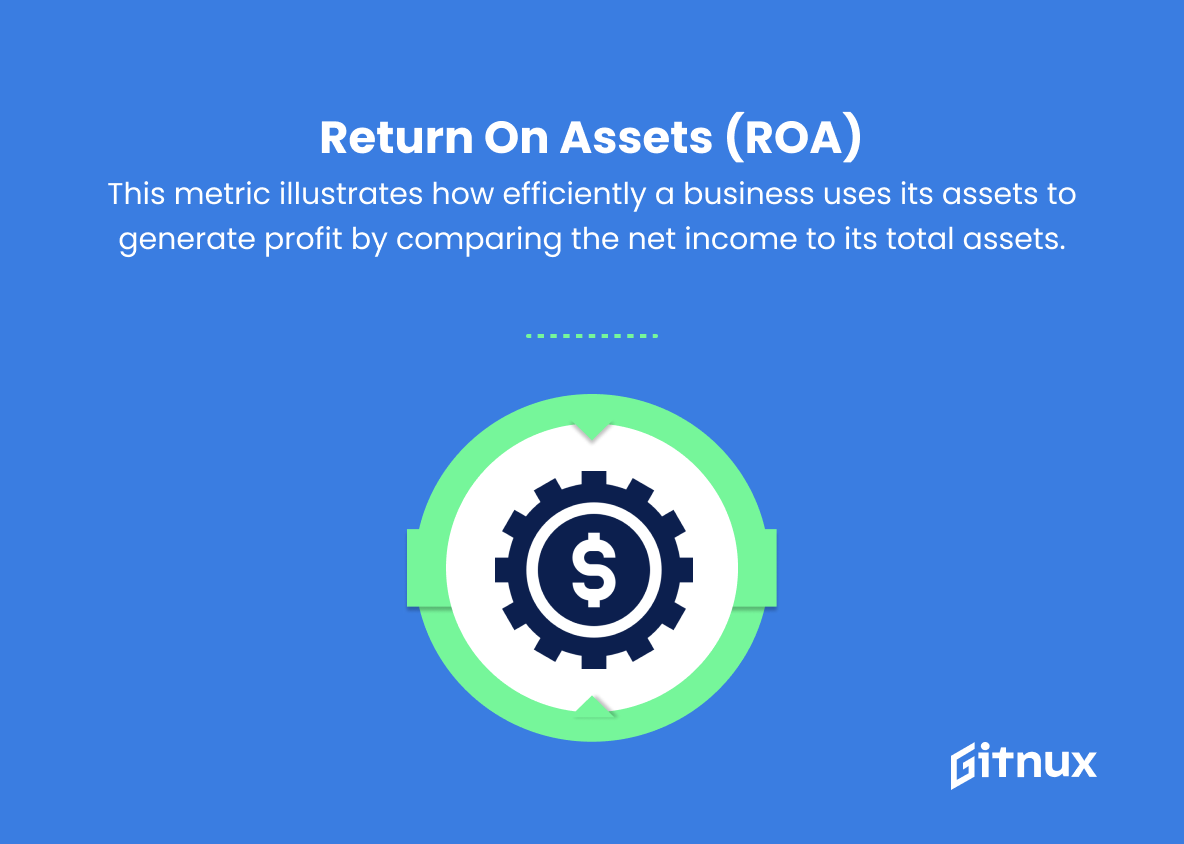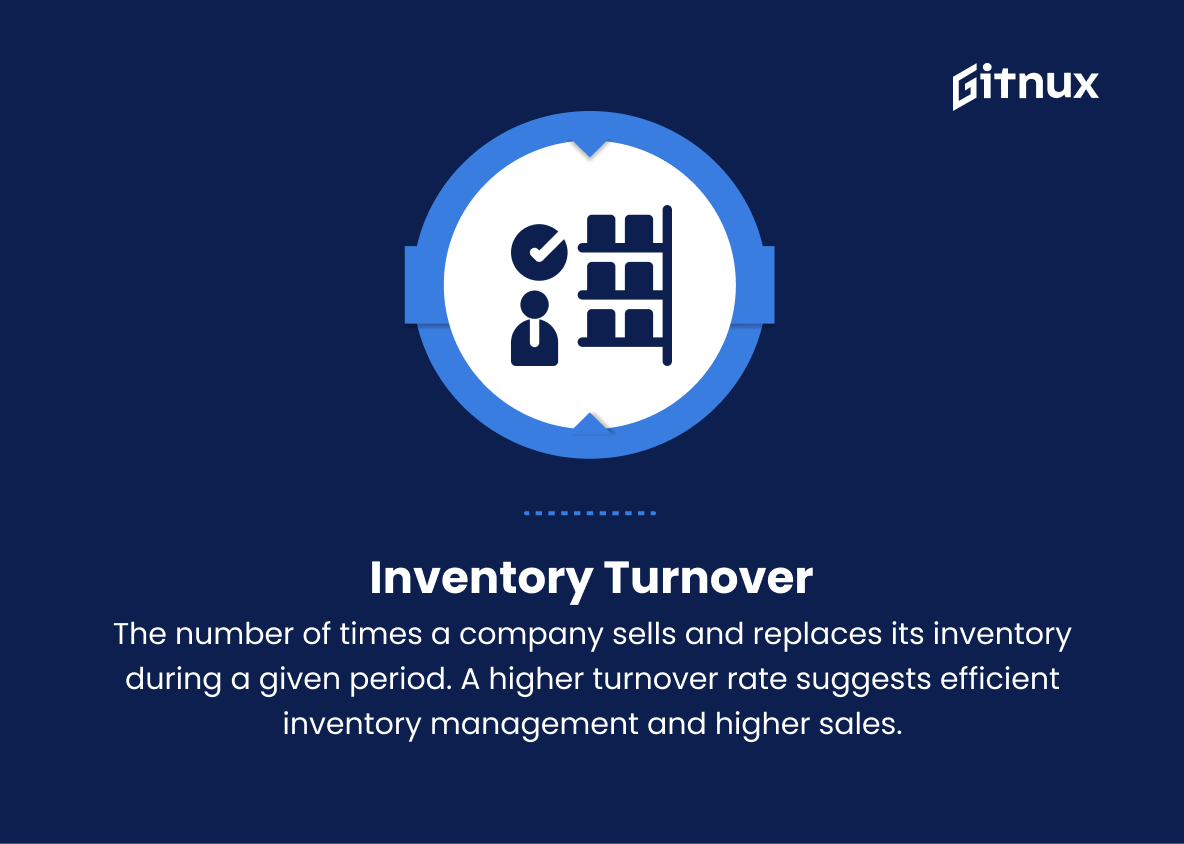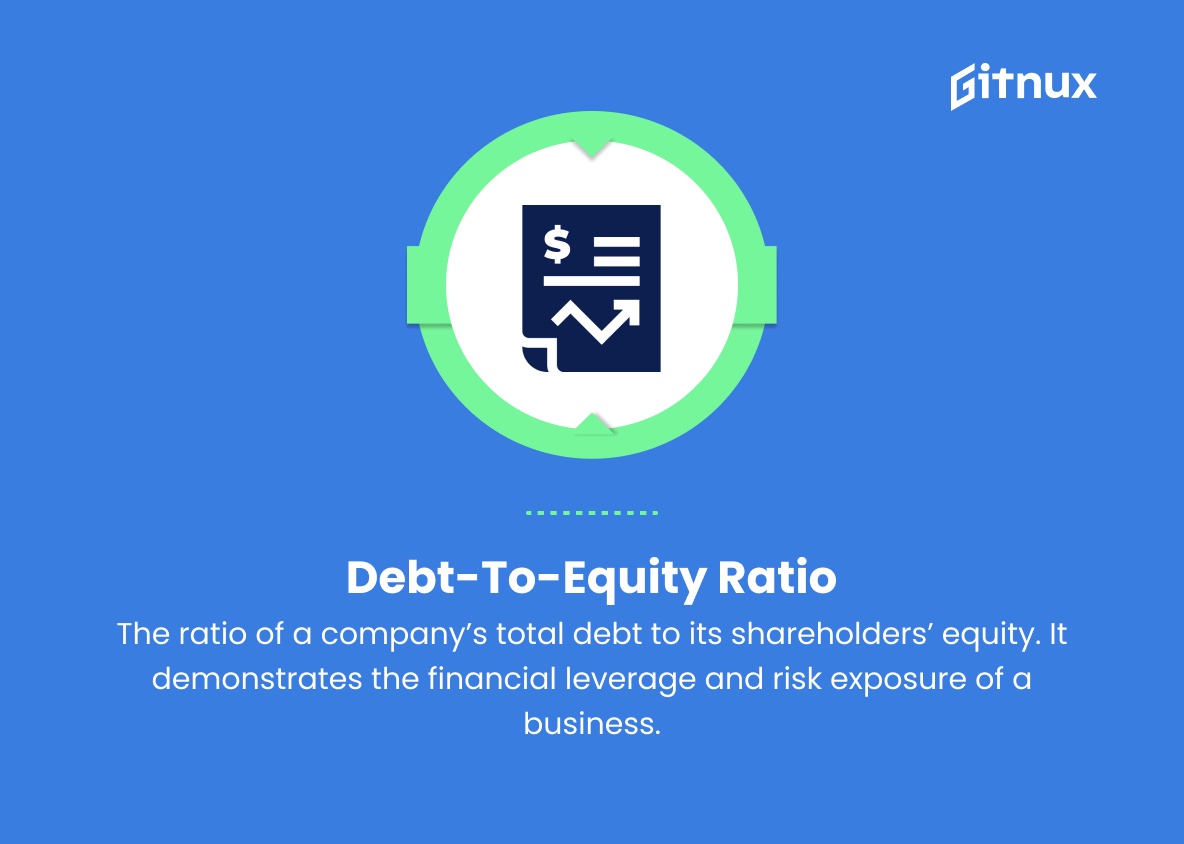In today’s hyper-competitive business landscape, staying ahead of the curve requires a deep understanding of not just your customer needs, but also your organization’s internal operations. The key to unlocking the true potential of your business lies in the accurate measurement and analysis of its performance across multiple dimensions.
Business Performance Metrics, the focus of this blog post, enable decision-makers to track, measure, and ultimately improve their organization’s effectiveness in achieving its goals. Delve deeper as we explore the significance of these crucial metrics, their diverse categories, and how you can leverage them for the continuous optimization of your business strategies and success.
Business Performance Metrics You Should Know
1. Revenue
The total amount of money generated from sales of products or services. This is an essential metric, as it indicates the financial success and growth potential of a business.
2. Net Profit Margin
The percentage of revenue remaining after deducting all expenses, taxes, and costs. It reflects the company’s efficiency in generating profit and managing its operations.
3. Gross Profit Margin
The percentage of revenue remaining after accounting for the costs of goods sold (COGS). It illustrates the company’s effectiveness in managing production and direct costs.
4. Operating Profit Margin
The percentage of revenue remaining after knowing the operating expenses. It indicates how well a business is converting its sales into operating profits.
5. EBITDA (Earnings Before Interest, Taxes, Depreciation, and Amortization)
A financial metric that evaluates a company’s operating performance and is used to compare profitability among businesses.
6. Customer Retention Rate
The percentage of customers retained over time. A high retention rate indicates customer satisfaction, loyalty, and the success of a company’s customer management strategies.
7. Customer Acquisition Cost (CAC)
The cost of acquiring a new customer, including marketing expenses, sales efforts, and other related costs. A lower CAC indicates a more efficient marketing and sales strategy.
8. Customer Lifetime Value (CLV)
The projected revenue a customer will generate during their relationship with a business. A higher CLV represents more valuable customers and signifies a strong customer base.
9. Churn Rate
The percentage of customers lost over a specific period. A lower churn rate suggests better customer retention and satisfaction.
10. Return on Investment (ROI)
The ratio of the gains or losses from an investment relative to the investment’s cost. It is a measure of how effectively the business is using its resources to generate profit.
11. Return on Equity (ROE)
The ratio of net income to shareholders’ equity. ROE measures a company’s profitability and its effectiveness in utilizing shareholder investments.
12. Return on Assets (ROA)
This metric illustrates how efficiently a business uses its assets to generate profit by comparing the net income to its total assets.
13. Inventory Turnover
The number of times a company sells and replaces its inventory during a given period. A higher turnover rate suggests efficient inventory management and higher sales.
14. Current Ratio
This metric compares a company’s current assets to its current liabilities to assess its short-term liquidity and ability to meet immediate obligations.
15. Debt-to-Equity Ratio
The ratio of a company’s total debt to its shareholders’ equity. It demonstrates the financial leverage and risk exposure of a business.
16. Employee Turnover Rate
The percentage of employees who leave the organization during a given period. A lower turnover rate indicates better employee satisfaction and a healthy work environment.
17. Employee Productivity Rate
A performance metric that measures the amount of output generated per worker. A higher rate indicates greater efficiency and can contribute to increased profitability.
18. Market Share
The percentage of the total market that a business claims through its sales. A higher market share indicates a stronger position within the industry and potential dominance over competitors.
19. Net Promoter Score (NPS)
A metric that gauges customer satisfaction and loyalty to a brand by asking them how likely they are to recommend the business to others. A higher NPS score indicates a more positive perception and stronger brand loyalty.
20. Conversion Rate
The percentage of visitors to a website or store who take the desired action, such as making a purchase. A higher conversion rate indicates a more effective sales and marketing strategy.
Business Performance Metrics Explained
Business performance metrics are crucial for assessing a company’s financial health, operational efficiency, and customer satisfaction. Metrics like revenue, net profit margin, and gross profit margin provide insights into a business’s profitability and growth potential. Similarly, EBITDA, operating profit margin, and inventory turnover indicate the company’s effectiveness in managing its resources and operations. Customer-centric metrics such as customer retention rate, CAC, CLV, churn rate, and NPS help businesses gauge their customer management strategies, satisfaction, and loyalty levels.
Financial ratios like ROI, ROE, ROA, current ratio, and debt-to-equity ratio are essential for evaluating a company’s financial stability, leverage, and risk exposure. Employee-based metrics like employee turnover and productivity rates illustrate the work environment quality and workforce efficiency. Lastly, market share and conversion rates help businesses understand their industry position and effectiveness of their sales and marketing strategies. Overall, these metrics paint a comprehensive picture of a company’s performance and provide valuable input for decision-making, ensuring long-term success and sustainability.
Conclusion
In conclusion, Business Performance Metrics play an indispensable role in evaluating and enhancing the effectiveness, efficiency, and overall success of any organization. By carefully selecting and monitoring the most relevant metrics, businesses can make informed decisions, strategize better, and adapt to evolving market conditions. The key to achieving these goals lies in understanding the unique requirements and context of your organization, and consistently reviewing and refining your chosen metrics to ensure they remain useful and actionable.
Keep in mind that the insights derived from these metrics are only as valuable as their accuracy, which is why collecting and analyzing reliable data should always be a top priority. To stay ahead of the competition, it is crucial for businesses to not only adopt appropriate performance metrics but to consistently push the boundaries and innovate in their quest for sustainable success.
